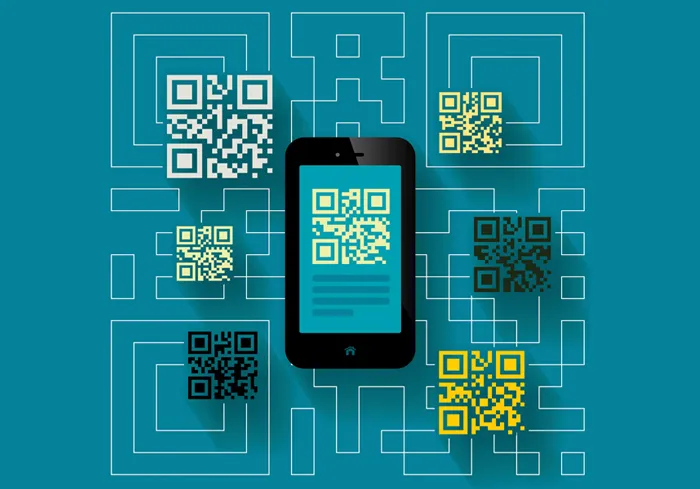The architectural and engineering (A&E) industry is experiencing a significant shift towards remote work, driven by technological advancements, sustainability demands, and evolving client requirements. This transformation is reshaping traditional practices within the industry, allowing professionals to work from diverse locations and enhancing collaboration through digital tools.
Global Construction Industry Overview
The construction industry is experiencing significant change. New technologies and trends are emerging, making the sector more sustainable, efficient, and productive. These changes are paving the way for a bright future.
One of the most significant trends in construction is the move towards greener building practices. Prefabricated construction and modular buildings are becoming increasingly popular because they are more sustainable and cost-effective than traditional construction methods. In addition, using smart technology is helping improve efficiency and productivity in the construction industry.
The convergence of innovation, design, and structural evolution also transforms the construction industry. The architecture and engineering (A&E) industry has traditionally been very collaborative, but remote work is changing how architects and engineers work together. Thanks to technological advancements, architects and engineers can now collaborate and innovate remotely, opening up new possibilities for the industry.
Architecture and Engineering Trends in the USA
To stay ahead of the curve, AEC firms are embracing various innovative solutions in response to challenges like labor shortages, rising costs, and environmental concerns:
Tech Stack for Success: 3D modeling, Building Information Modeling (BIM), virtual reality (VR), digital twins, and artificial intelligence (AI) are all becoming standard tools. These technologies help AEC firms tackle rising costs and compressed project timelines. Collaborative tools further enhance communication and project management.
Building Green and Strong: Sustainability is a major focus, with firms incorporating eco-friendly materials, green infrastructure, and decarbonization strategies. It benefits the environment and creates stronger structures more resilient to environmental challenges.
Prefab Revolution: Prefabricated construction and off-site construction methods are gaining traction. These innovative approaches reduce building time, minimize waste, and keep costs under control.
Automation to the Rescue: Strategic automation investments address labor shortages and material limitations. They improve design efficiency and streamline the supply chain, ensuring projects run smoothly.
A&E Goes Remote: Flexibility for a New Era
The rise of powerful digital tools has propelled remote work to the forefront of A&E trends. This shift empowers professionals to work from anywhere, balancing personal lives and professional demands. It’s all thanks to the hyper-connectivity of our digital age.
The seamless integration of digital tools, robust communication platforms, and sophisticated project management software has made remote work a reality for the A&E industry. It allows architects, engineers, and other professionals to collaborate effectively, stay on top of projects, and deliver exceptional results – all without being physically present in an office.
While not without its challenges, remote work offers a successful model for architecture and engineering (A&E) firms. It unlocks a range of benefits for both employees and employers:
1. Flexibility and Autonomy: Remote work empowers architects and engineers to craft their schedules, fostering better work-life balance and potentially boosting job satisfaction.
2. Cost Savings and Productivity: Companies benefit from reduced office overhead while employees enjoy savings on commutes. Additionally, remote environments with fewer distractions can lead to increased productivity.
3. Global Talent Pool: A&E firms can now access a global talent pool, which includes individuals with diverse expertise and backgrounds—a boon for creativity and innovation in project design.
4. Enhanced Collaboration: Technological advancements ensure seamless communication and collaboration across remote teams, regardless of location.
The A&E Remote Collaboration Toolkit
Effective remote collaboration in architecture and engineering hinges on a powerful suite of tools to overcome geographical barriers and empower teams to work together effectively, regardless of location.
BIM Collaboration Platforms: BIM Track and cloud-based BIM software are the cornerstones. BIM Track streamlines issue tracking within BIM software, while cloud platforms enable seamless information sharing, essential for remote workflows.
Project Management Powerhouses: Tools like Asana, Trello, and Microsoft Planner provide a centralized hub for project tracking, task management, and collaborative teamwork.
VR/AR for Immersive Collaboration: Cutting-edge virtual and augmented reality software takes collaboration to the next level. These programs allow teams to visualize projects in a shared 3D space, fostering deeper understanding and improved decision-making.
Real-Time File Sharing: Platforms like Google Drive, Dropbox, and Box keep everyone on the same page. Real-time file sharing facilitates seamless collaboration and ensures timely feedback exchanges.
Communication Made Easy: Platforms like Chanty offer a comprehensive suite of features specifically designed for remote teamwork. These tools ensure smooth communication and information flow, keeping teams connected and projects on track.
The Philippines: A Thriving Hub for Remote Work
The Philippines is rapidly becoming a top destination for remote workers. English is the primary language of business in the Philippines, minimizing cultural and linguistic barriers and making communication with international clients and colleagues effortless.
From legal documents to business proposals, English fluency permeates the Philippines’ education, government, and everyday life.
For businesses looking to integrate remote workers into their teams, here seamlessly are the qualities to look for:
- Experience You Can Trust
- Custom-Built Solutions
- Tech-Powered Efficiency
- Top Talent Acquisition
- Unwavering Quality
- Cost-Effective Solutions
An example of a company that offers a one-stop remote work solution for businesses is iSWerk. They offer a tailored approach to remote work, utilizing industry expertise and cutting-edge technology to optimize operations. Their team of highly skilled professionals across various fields ensures a smooth transition to remote work and consistently exceeds industry standards. iSWerk’s rigorous processes guarantee excellence in every task, resulting in significant cost savings without compromising on the expertise required. Their team is dedicated to finding the perfect fit for your staffing needs.
Remote work has a bright future in engineering and architecture—as long as its drawbacks are recognized and overcome. The key to success in this field will be managing the advantages and disadvantages of working remotely, eventually promoting innovation and expansion.
Arnaldo Jara
Arnaldo Jara is an entrepreneur, stock trader, and a seasoned professional with twenty years of experience writing about business and finance.










